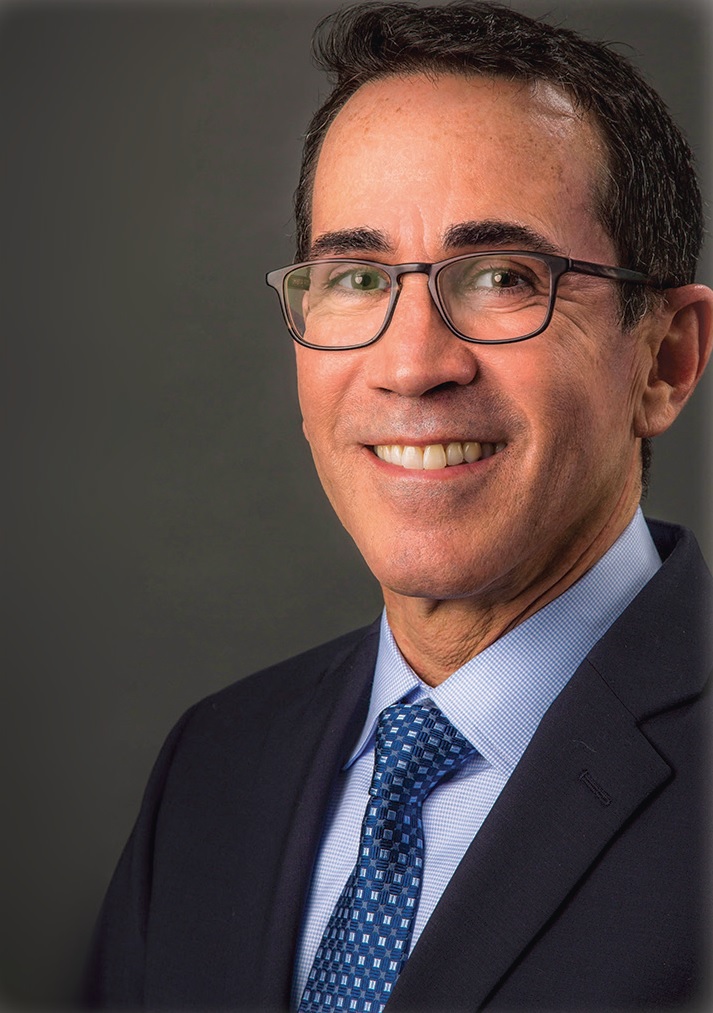Develop a purpose statement for your continued advancement

You have to know where you’re going if you are going to get somewhere. Sometimes you need a map. That’s true of getting to Atlantic City, as well as to your next job. That next job includes promotions and moving on.
A group of fundraisers discussed professional development at a recent nonprofit conference in Washington, D.C. The chat included this author, moderator Ben Harris, president, Production Solutions; Kerry Lenahan, vice president, voice of customer at the American Diabetes Association; and, John Perell, director of strategy and member experience at the Smithsonian Institution.
We shared personal experiences that helped each of us be more focused on advancing our careers, including how to develop a “Purpose Statement;” the value of treating our colleagues and employees like donors; and, the importance of building a positive organizational culture that embraces philanthropy. Together, these three ingredients are critical to organizational success.

A key benefit of a purpose statement is how one identifies themselve professionally. Jeff Kost
The Purpose Statement
One of the key benefits of a purpose statement is how one identifies themselves professionally. What is the target or goal of the work you do every day? With a clear and aligned purpose, we stay grounded on what matters most. Intention plus reflection improves learning.
Each of us shared our own Purpose Statement and how it was developed. Kerry and John both had purpose statements. I did not have one, so I developed mine in preparation for the session.
• I serve others by connecting people with groups, ideas and resources that empower them to accomplish their mission. — Kerry Lenahan
Kerry started setting her own goals when she realized that time was more valuable to her than money or external recognition. She originally created her purpose statement in 2011. She checks in weekly, quarterly and annually to be sure she is being intentional about how she invests her time and what she is setting out to accomplish. She admits she sometimes questions her own purpose statement. “Is it true? Am I living up to it? How should I measure it?”
• I am a strategic fundraiser and trusted partner, working in complex organizations and highly competitive business environments with a focus on driving innovation and better results. — John Perell
John developed his original purpose statement 20 years ago when he was working with a career strategist and preparing to change his career path. It has evolved over time as he furthered his career in direct response fundraising. Part of his early success was driven by his own desire to grow professionally. He sought out industry mentors to help him navigate challenges, realizing that access to knowledgeable people would help him grow. At the same time, he recognizes the need to also give back and provide opportunities for others to learn from his experiences.
• I secure resources from individuals, helping guide their charitable giving, allowing my organization to fulfill its mission through philanthropy and by instilling confidence in the individual, they will perhaps leave this world in a better place than they found it. — Jeff Kost
For me, even after more than 25 years in fundraising, this was a different way of thinking in terms of personal and intentional purpose. Going through the exercise clarified what I do and why. So often we get caught up in just “doing” and don’t take time to remind ourselves “what” and more importantly “why.”
Treating Colleagues Like Donors
As fundraisers and professionals connected to philanthropic organizations, we know how we treat our donors. We treat them as we would like to be treated. We thank them. We appreciate them. We listen to them. We keep them engaged.
Each of us reflected on how we felt when we were treated as a donor. We had emotional responses such as: confidence, hope, perspective, candor, humor, respect, trust and honesty, appreciation, validation, motivation, inspiration, proud, happy, satisfied.
What if we extended that same “donor treatment” to our colleagues? What would be the impact?
“We want our donors to feel appreciated, valued for their generosity, motivated to be a consistent donor, to be validated and heard,” I explained, “and to become ambassadors of our work. We should expect the same of our colleagues and volunteers.
Culture Matters. Foster One of Philanthropy
“Culture eats strategy for lunch,” Kerry started.
We all agreed that organizational culture is immensely important, perhaps the single most central factor driving an organization. “You are the culture,” Kerry explained, “so behave both privately and publicly the way you want others to behave. The results are a heightened sense of community, mutual trust, clear organizational goals, accountability, and consistent feedback.” This culture motivates her to provide particularly higher levels of performance without being asked.
I value the recognition, appreciation, and curiosity of executive staff and program staff to understand the importance of philanthropy. I enjoy taking them on the journey to understand how philanthropy works and how it contributes to the organization’s mission. Educated staff often show a willingness to cooperate and become partners for a common purpose.
John believes each of us is part of driving the culture of an organization with enthusiasm, interest and desire to be successful. It can be contagious. It allows us to really move the needle.
Each of these elements is important. The more time we invest in being intentional about our own purpose and how we treat each other as colleagues have influence over organizational culture and organizational culture is key.
As John said, “It allows us to really move the needle in meaningful ways.”
Jeff Kost is vice president, resource development at Capital Caring in Falls Church, Va.